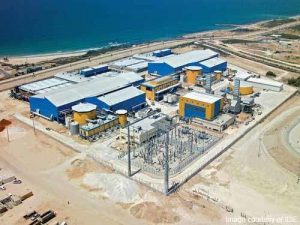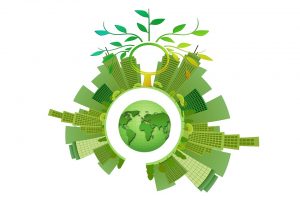Leading by Example

Countries such as Israel and Quatar are already investing in this type of technologies. In fact, Israel’s water production and saving technology is so efficient, that the country has a surplus of water. Not bad for a nation in one of the driest regions in the world.
This feat was accomplished by Israel’s government, running multiple advertisement campaigns, urging the population to save water. Meanwhile, in the United States, most advertisements are focused on fast food, alcohol, and pharmaceutical drugs.
Israel uses a combination of recycling, conservation, and desalination technology. The country’s surplus eases tension among neighboring areas, where water shortages are common. Israel’s water reuse rate is 86%. The second best country is Spain, with just 17%. Imagine what the global water supply would look like if countries like the United States invested more in water conservation, and less in oil pipelines and military expenses.
In Israel, grey water (from kitchens and bathrooms) and black water (from sewage) is not wasted. Instead, it is cleaned and reused for irrigation. Desalination technology has also improved dramatically. In 10 years they have built five desalination plants along the coast, each costing around 400 million dollars. These plants are privately owned and are currently selling water to the government, and the country’s population. It is a benefit for profiting entrepreneurs, investors, and the entire nation.
The technological breakthrough that allowed for this type of development is known as “Membrane Technology”. This is an essential component of modern desalination processes, and it has dramatically reduced the cost of desalination. Israel is now home of the largest sea water desalination plant, capable of producing 600,000 cubic meters of water each day.
Previous Section:
Next Section:
Acknowledgments


